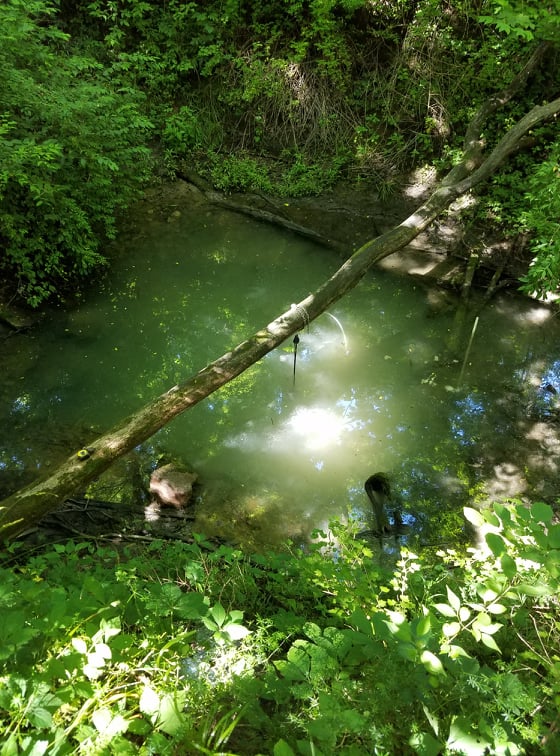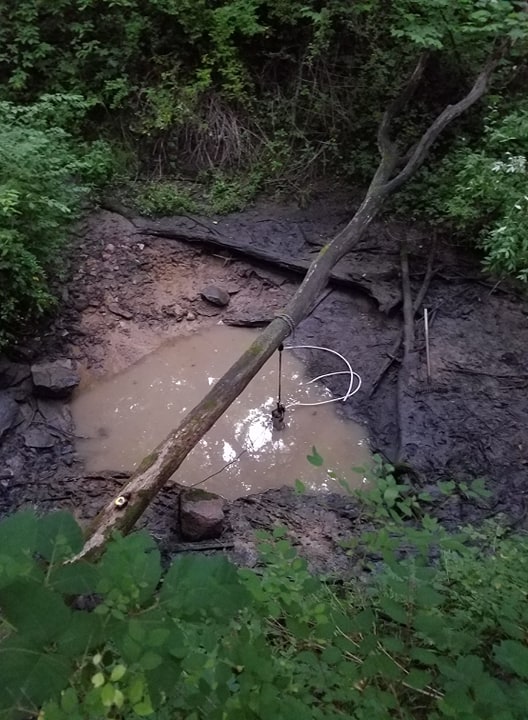
 2
2




I don't own the plants, they own me.




Matt Todd wrote:...or have any other suggestions to clean this up a bit?
My farm and garden: https://trello.com/b/GqBLwdNh
My tacky designs on merch: https://www.redbubble.com/people/oldmobie/shop?asc=u&ref=account-nav-dropdown
 3
3




My farm and garden: https://trello.com/b/GqBLwdNh
My tacky designs on merch: https://www.redbubble.com/people/oldmobie/shop?asc=u&ref=account-nav-dropdown
 2
2




John Daley Bendigo, Australia The Enemy of progress is the hope of a perfect plan
Benefits of rainfall collection https://permies.com/t/88043/benefits-rainfall-collection
GOOD DEBT/ BAD DEBT https://permies.com/t/179218/mortgages-good-debt-bad-debt
 2
2




John Daley Bendigo, Australia The Enemy of progress is the hope of a perfect plan
Benefits of rainfall collection https://permies.com/t/88043/benefits-rainfall-collection
GOOD DEBT/ BAD DEBT https://permies.com/t/179218/mortgages-good-debt-bad-debt
 2
2




John C Daley wrote:=
The best way to aerate a pond is to constantly draw water from the bottom of the pond and return it to the top.
This takes the poorly aerated water at the bottom and sends it up to come in contact with the oxygen at the surface.
Constant circulation, 24 hours a day, is needed to maintain proper aeration in a pond.
=
I don't own the plants, they own me.
 3
3




Mediterranean climate, hugel trenches, fabulous clay soil high in nutrients, self-watering containers with hugel layers, keyhole composting with low hugel raised beds, thick Back to Eden Wood chips mulch (distinguished from Bark chips), using as many native plants as possible....all drought tolerant.
 2
2






I don't own the plants, they own me.
 4
4




Cristo Balete wrote:The stuff in the bottom of your pond may seem like muck or something unwanted to you, but it may be what is keeping the water in your pond so it doesn't just empty out. It is also the home for the critters who are keeping mosquitoes out of your pond. That becomes crucial for being around it.
A healthy small pond is not really a place to swim, since the ecological balance of it involves the muck at the bottom, which will always have an anaerobic smell in all ponds, since it's underwater, and the plants around the edge that are home to other critters that help keep mosquitoes away.
30x30 is not really big enough to swim in? A couple strokes and you'd be across it? It does sound like a nice spot for a dock and a rowboat, do some floating, dangle your feet in.
Adding any kind of biological digesters might change the whole balance of it. Unless it's filling up and it becomes a marsh that needs to be dug out again, it might be better to just let it stay natural.
I don't own the plants, they own me.




Please give me your thoughts on my Affordable, double-paned earthbag window concept





















Rob Lineberger wrote:Any aeration you can provide will help. Any filtration you can provide will help.
If I understand you correctly (forgive me if I'm wrong) you've decided that the current from the spring flowing through the pond is going to be enough. I do not believe it will be and you will be back in this same spot in six months from now after the leaves fall and mat up on the bottom. The current is horizontal and mostly near the top. You need a pull from the bottom, out of the pond (where the oxygen is), then back in.
Even a small container filled with pea gravel with a hole in the side to drain water back in the pond will make a difference. Particularly if that container has plants in it. I use a solar pump-to container-back to water approach often. To be honest it fails a lot, either the panel or pump fail. But it is still better than nothing. A mains powered pump really makes a difference.
Even if you do none of the above things, one change you can make is to stock the pond with aquatic plants. At that size pond you could get some nice lily pads going. Their roots will take up a lot of the nasties and convert them into plant. :)
ETA: I missed this, which is definitely the right way to go. "Either that or a small pump set up to draw from the bottom and draw water up to some rocks I could stack in such a way to make a little water feature. "
I don't own the plants, they own me.




Matt Todd wrote:
Lol, I started looking in to shade tolerant aquatic plants yesterday and had to stop myself. I've devoted way too much energy to new plants this spring and I need a dang break!
Plus I'm concerned about a major rain event destroying things I develop down there, which is the subject of another thread on this area: https://permies.com/t/142672/slow-storm-water-flow-culvert#1116919
But I like and appreciate your suggestions! Will definitely look into planting next year. I do wonder how much shade a solar pump can handle. The summer shade prevents algae... just doesn't leave a lot of sun for solar.
Please give me your thoughts on my Affordable, double-paned earthbag window concept





















Country oriented nerd with primary interests in alternate energy in particular solar. Dabble in gardening, trees, cob, soil building and a host of others.




C. Letellier wrote:Does the culvert give you a bit of constant or nearly constant flow with fall? Or if the spring running out has fall with that might work too.
I don't own the plants, they own me.
 3
3




I don't own the plants, they own me.





|
The tiny ad to rule them all
Learn Permaculture through a little hard work
https://wheaton-labs.com/bootcamp
|



